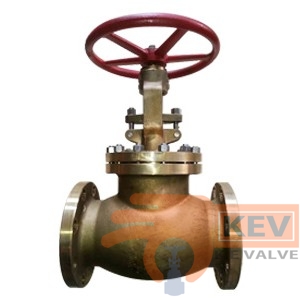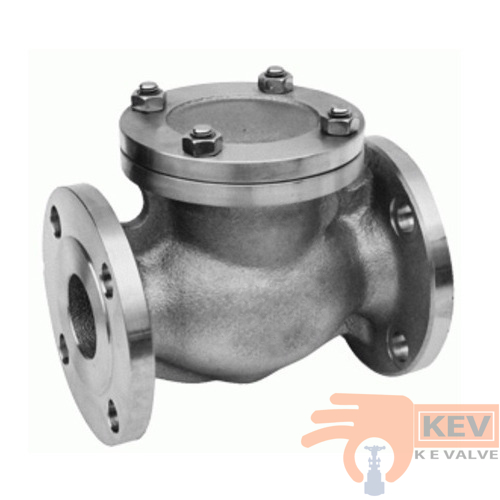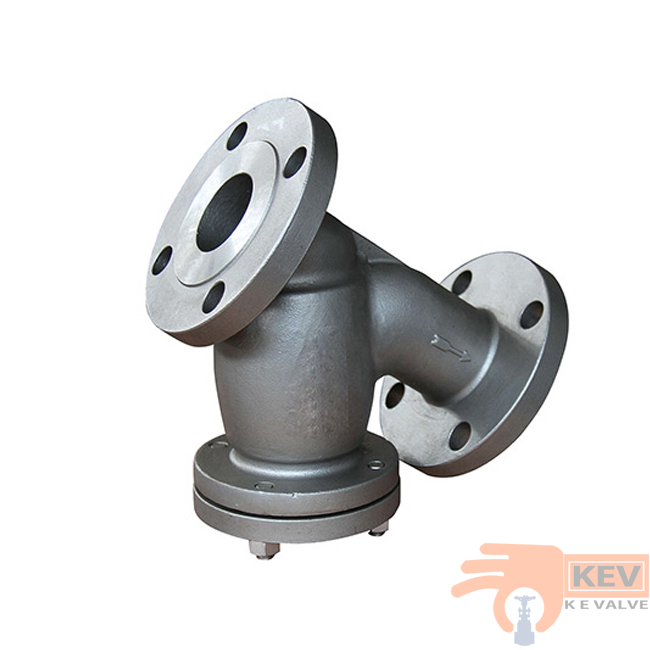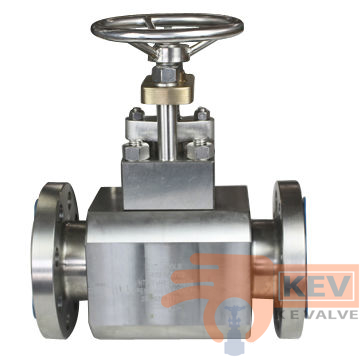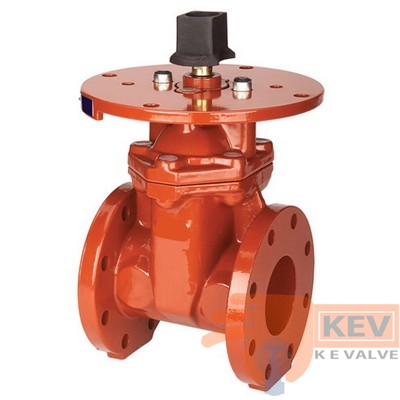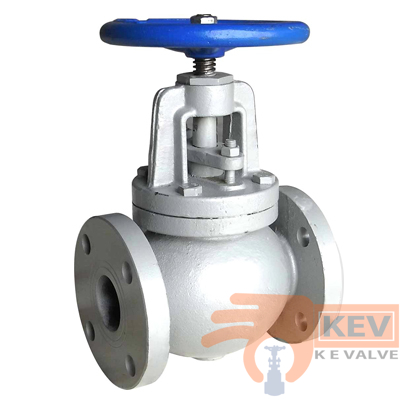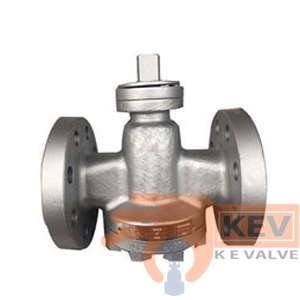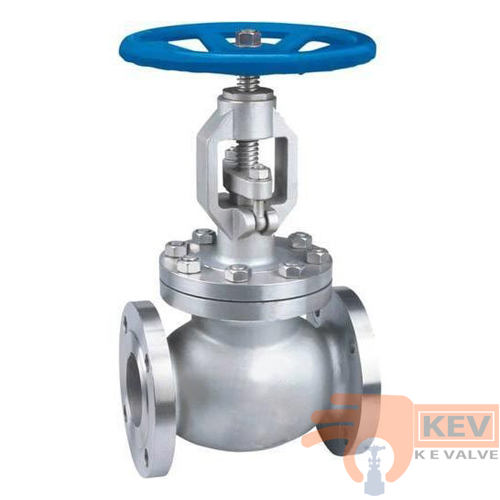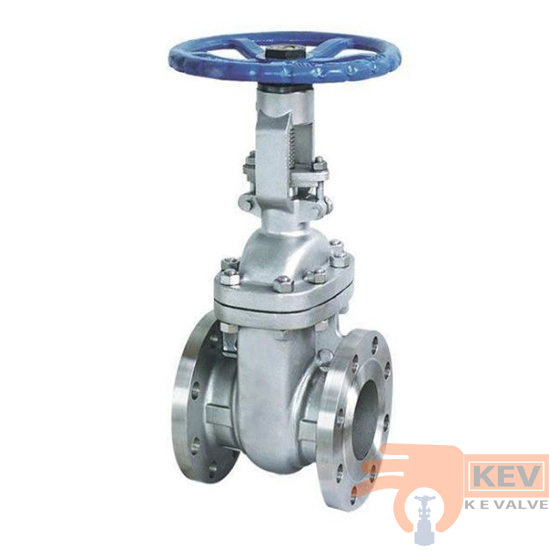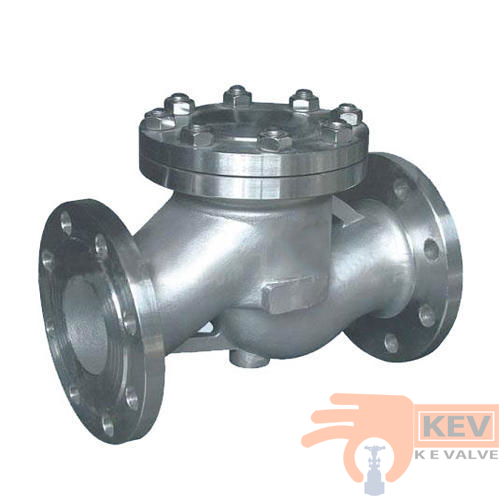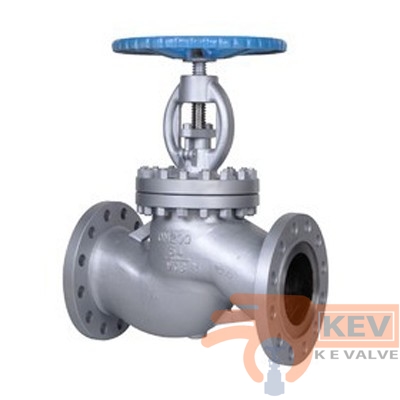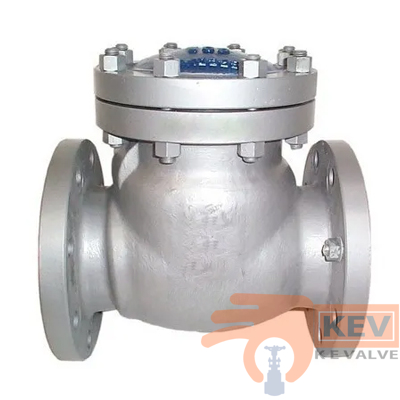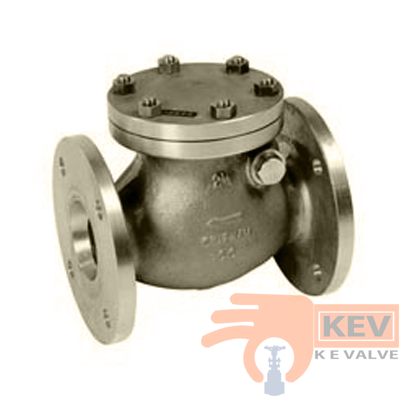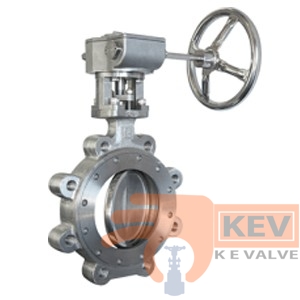The KE Valve Stockist supplies aluminum bronze gate, globe, check, ball, butterfly, plug, needle and custom made valves. As a valve stockist, we stock, supply and distribute valves in exotic materials such as titanium, hastelloy, duplex, super duplex, monel, incoloy, inconel, alloy 20, 254 SMO, 6 Moly,tantalum, zirconium, uranus, 904L both in stock and can also deliver against tight lead times. Aluminium bronze is a type of bronze in which aluminium is the main alloying metal added to copper . A variety of aluminium bronzes of differing compositions have found industrial use, with most ranging from 5% to 11% aluminium by weight, the remaining mass being copper; other alloying agents such as iron, nickel, manganese, and silicon are also sometimes added to aluminium bronzes.
Compositions
The following table lists the most common standard aluminium bronze wrought alloy compositions, by ISO 428 designations. The percentages show the proportional composition of the alloy by weight. Copper is the remainder by weight and is not listed:| Alloy | Aluminium | Iron | Nickel | Manganese | Zinc | Arsenic |
| CuAl5 | 4.0% – 6.5% | 0.5% max | 0.8% max | 0.5% max | 0.5% max | 0.4% max |
| CuAl8 | 7.0% – 9.0% | 0.5% max | 0.8% max | 0.5% max | 0.5% max | |
| CuAl8Fe3 | 6.5% – 8.5% | 1.5% – 3.5% | 1.0% max | 0.8% max | 0.5% max | |
| CuAl9Mn2 | 8.0% – 10.0% | 1.5% max | 0.8% max | 1.5% – 3.0% | 0.5% max | |
| CuAl10Fe3 | 8.5% – 11.0% | 2.0% – 4.0% | 1.0% max | 2.0% max | 0.5% max | |
| CuAl10Fe5Ni5 | 8.5% – 11.5% | 2.0% – 6.0% | 4.0% – 6.0% | 2.0% max | 0.5% max |
Material properties
Aluminium bronzes are most valued for their higher strength and corrosion resistance as compared to other bronze alloys. These alloys are tarnish -resistant and show low rates of corrosion in atmospheric conditions, low oxidation rates at high temperatures, and low reactivity with sulfurous compounds and other exhaust products of combustion . They are also resistant to corrosion in sea water . Aluminium bronzes’ resistance to corrosion rests in the aluminium component of the alloys, which reacts with atmospheric oxygen to form a thin, tough surface layer of alumina (aluminium oxide) which acts as a barrier to corrosion of the copper-rich alloy. Another notable property of aluminium bronzes are their biostatic effects. The copper component of the alloy prevents colonization by marine organisms including algae , lichens , barnacles , and mussels , and therefore can be preferable to stainless steel or other non-cupric alloys in applications where such colonization would be unwanted. Aluminium bronzes tend to have a golden color.Applications
Aluminium bronzes are most commonly used in applications where their resistance to corrosion makes them preferable to other engineering materials. These applications include plain bearings and landing gear components on aircraft , engine components (especially for seagoing ships), underwater fastenings in naval architecture , and ship propellers . The attractive gold-toned coloration of aluminium bronzes has also led to their use in jewelry. Aluminium bronzes are in the highest demand from the following industries and areas:- General sea water-related service
- Water supply
- Oil and petrochemical industries eg tools for use in non-sparking environments
- Specialized anti-corrosive applications


